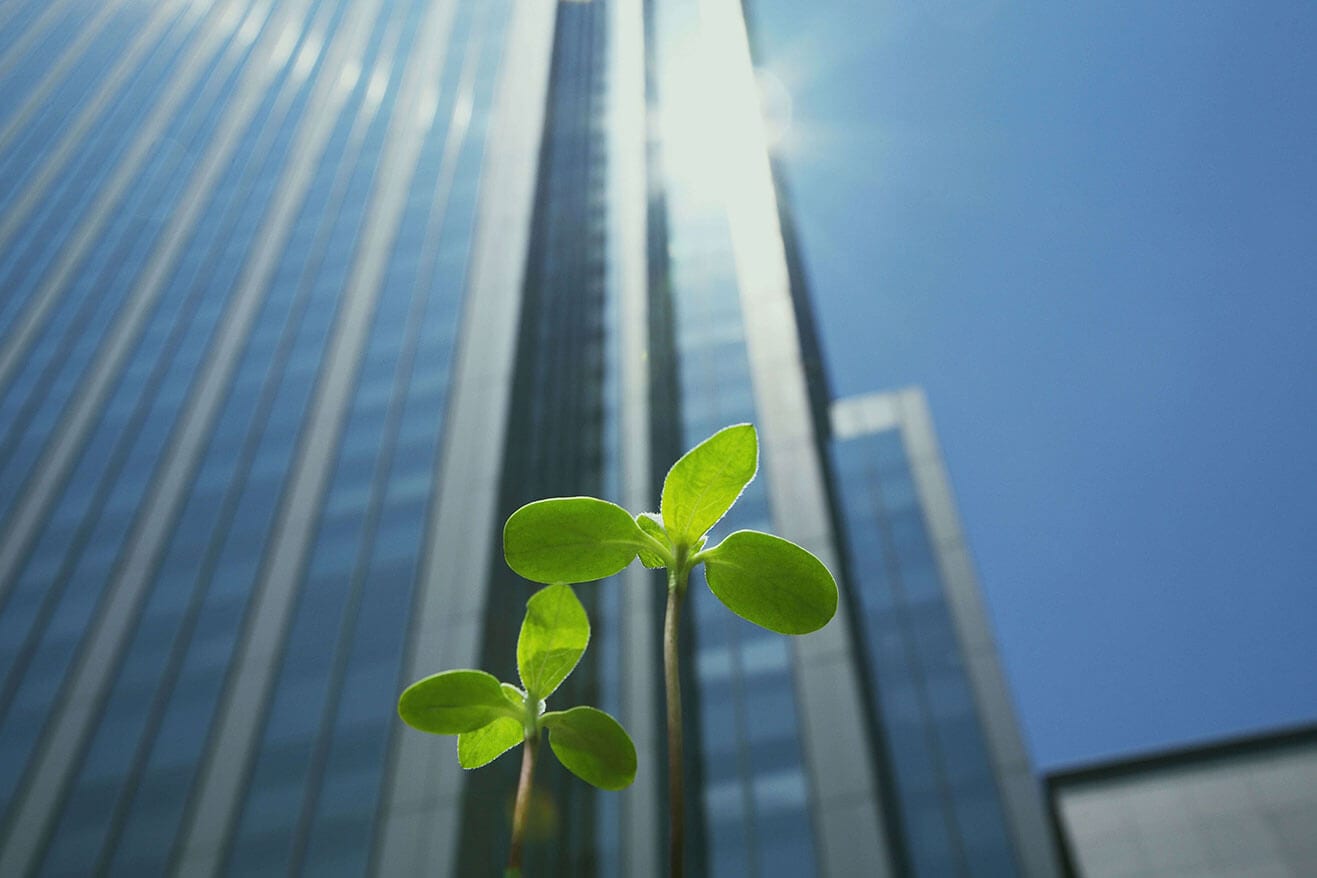
How to Maintain Greener Metal Finishing Practices Greener company practices benefit everyone, and it’s our duty to protect our planet by seeking out business functions that are more environmentally conscious. An electrochemical process that removes the outer layers of a metal piece to polish, passive, and deburr its surface, electropolishing supports countless industries with its […]
How to Maintain Greener Metal Finishing Practices
Greener company practices benefit everyone, and it’s our duty to protect our planet by seeking out business functions that are more environmentally conscious.
An electrochemical process that removes the outer layers of a metal piece to polish, passive, and deburr its surface, electropolishing supports countless industries with its ability to strengthen and beautiful stainless-steel materials.
Improving Metal Finishing Processes
At Control, our electropolishing process enhances medical device components’ surfaces for the medical industry, which requires powerful chemical baths to meet industry specifications for medical devices. As such, acidic bath and chemical treatments are susceptible to the excessive build-up of metal byproduct, putting patients at risk and reducing the overall performance of the metal piece.
Overtime, metallic build-up can over-saturate the chemical bath, ultimately preventing further use of the acid. As a result, the bath must be discarded as toxic waste, which poses potential risks to the environment upon exposure in addition to increasing company costs for acid purchases, treatments, and hazardous waste quantities.
A Partnership for More Informed, Supportive Data
By collaborating with the New York State Pollution Prevention Institute (NYSP2I), we at Control Electropolishing sought a greener solution to our business practices to optimize our process through acid purchase reductions and decreasing negative environmental impacts through sludge waste reductions.
With NYSP2I, our team investigated acid control and recovery methods through a baseline analysis to achieve desirable results that could ultimately impact business practice plans for generations to come. Among the technologies tested, acid recovery proved to be a viable, more sustainable option for reducing liquid acid waste, processes that involve combinations of diffusion dialysis, acid absorption, membrane separation, PRO-pHx, and distillation. The most effective was the PRO-pHx; it is now used in all our acid tanks.
Partnering with Control Electropolishing for Greener Business Practices
It’s in the best interest of everyone to find greener solutions for your business practices. At Control, we are constantly trying to improve to better support our customers. Together, we can help make the planet a better place to live.